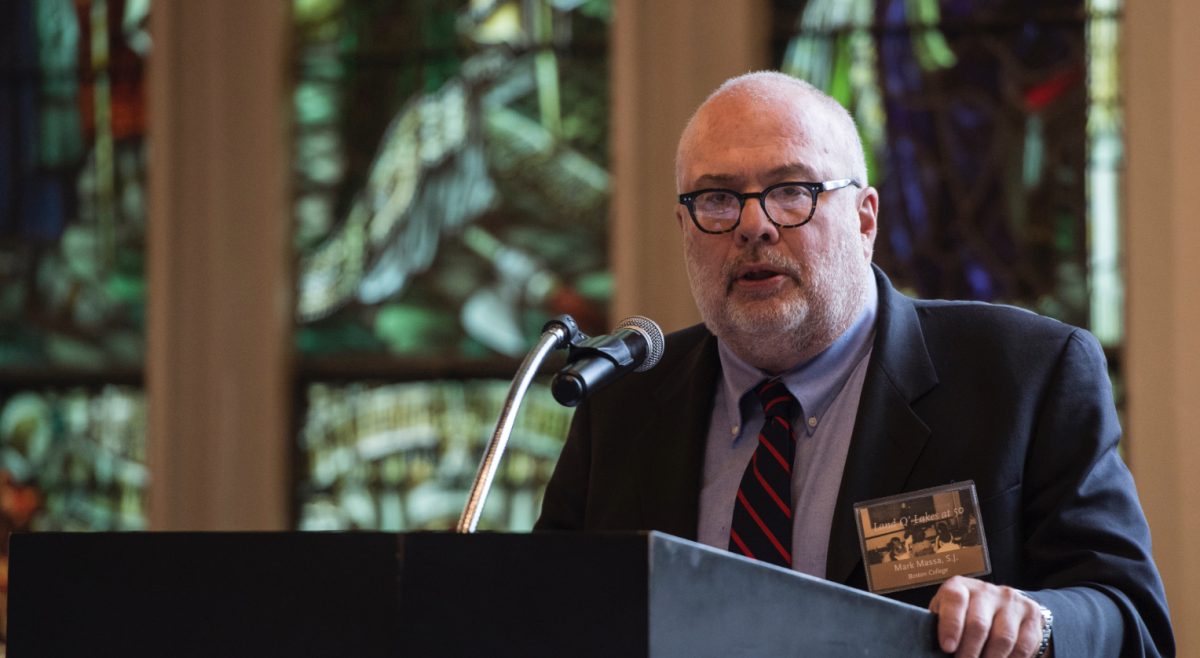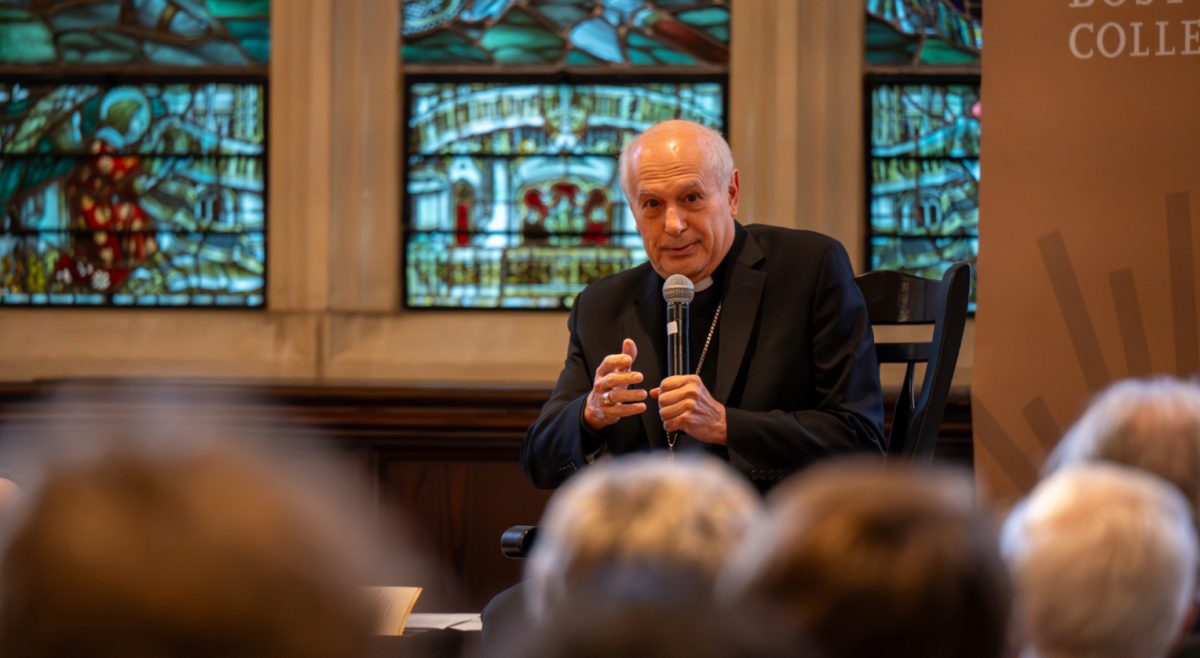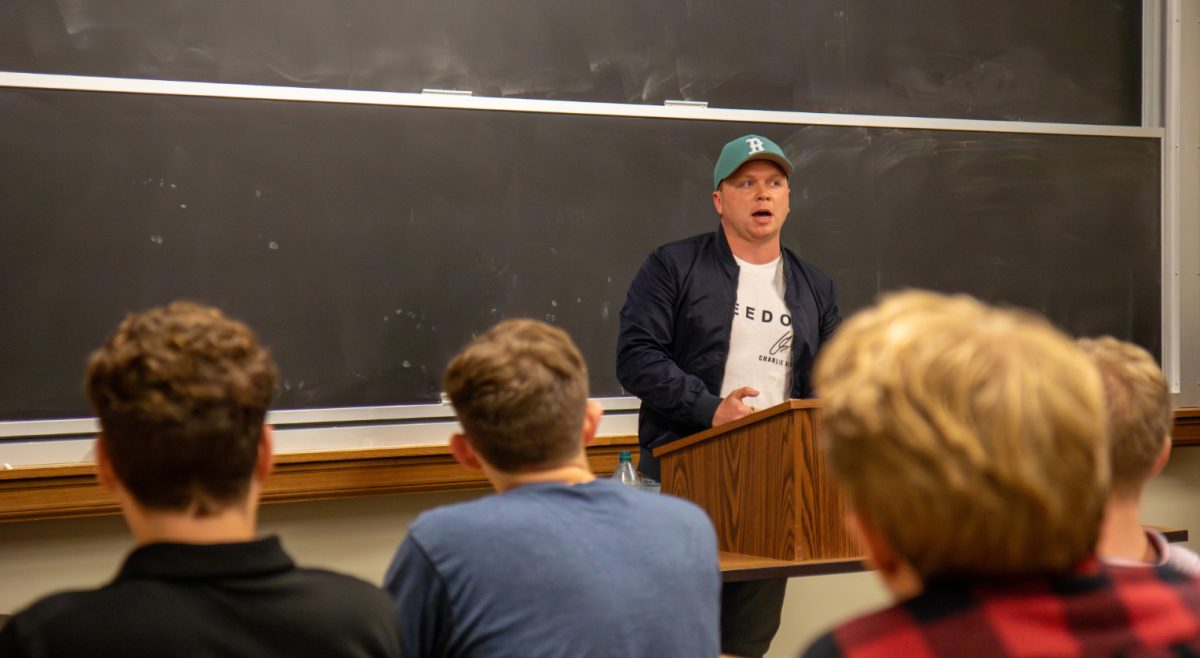Vermont Senator Bernie Sanders became the second Democratic presidential candidate to release a plan to address the student debt crisis on Monday—Massachusetts Senator Elizabeth Warren released her own plan in late April.
The Sanders plan—released just ahead of the first round of debates held last night—eliminates the entirety of the $1.6 trillion Americans owe in student loan debt, according to Politico.
Warren has proposed a one-time cancellation of $50,000 in student loan debt for those making less than $100,000 a year, with proportionately less relief for those earning up to $250,000 a year, according to Politico. Her plan would touch 42 million borrowers and wipe away $640 billion in debt. Warren proposed to pay for her plan via an “ultra-millionaire tax,” per Politico.
Warren’s official campaign page explained the tax as a 2 percent tax on households with a net worth between $50 million and $1 billion. An additional tax bracket place a 3 percent tax on households with a net worth over $1 billion. If enacted, Warren’s campaign cited a study run by Saez and Zuman that found the efforts would raise $2.75 trillion in revenue.
As voters are exposed to Democratic candidates for the first time in depth this week, student loan debt—an issue that Sanders pushed hard in his primary bid for the Democratic nomination in 2016—returned to the spotlight among primary candidates. The difference between Sanders’ and Warren’s plans comes down to whether student loan debt forgiveness programs should be geared toward “low- and middle-income families,” as opposed to every person who has taken out a student loan, according to Politico.
Warren prefers to target her program for lower-earning Americans. At a press conference outside the Senate building on Monday, Sanders contended that in the aggregate, his plan will benefit citizens he referred to as “working-class people” more than anyone else while aligning with his belief in “universality.”
A Jan 2017 study done by The Upshot, a data and analytics blog run by The New York Times, found that Boston College students was one of 38 colleges with more students from the top 1 percent of household incomes than from the bottom 60 percent. The research pertaining to BC found that 70 percent of the University’s students hail from families making about $110,000 or more, meaning less than 30 percent of BC’s student populace would be eligible for full relief under Warren’s plan.
Approximately 2,503 of BC’s undergraduate population would be eligible for full relief if you calculate the numbers for families with incomes under $110,000. The actual number would be at least somewhat different, since the Times research only goes through BC’s class of 2013, according to previous Heights reporting.
United States Representatives Pramila Jayapal, Ilhan Omar, and Alexandria Ocasio-Cortez appeared with Sanders on Monday to support his plan, according to Politico. Each of them categorized the plan as a “bailout” for lower-earning citizens paralleling the bailouts made to companies in 2008 during the financial crisis.
Sanders’ plan would cap interest rates on new federal student loans at 1.88 percent—current rates range from 4.5-7 percent, depending on whether the loans are made to undergraduate or graduate students, according to Politico.
An additional plank of Sanders’ plan is to eliminate “tuition at public colleges and universities for all students,” according to Politico. Sanders has already introduced a bill in the Senate about the issue that would provide federal funding for qualifying states based on a variety of factors, which include states maintaining expenditures on colleges and refusing to rely on lower-paid adjunct faculty.
Warren’s plan leans on the ultra-millionaire tax to help ease the burden of increased federal payments to state schools. It also pairs her proposal with a plan endorsed by other Democratic presidential candidates as well: Increase Pell Grants for low-income students—something the Trump administration began in March. Warren is also looking to create new funding streams “for historically black colleges and universities,” according to Politico.
BC’s cost of attendance is rising to an all-time high this coming academic year. Tuition has climbed to $56,780, while cost of attendance was estimated to be $72,736, according to a University release from March. Vice Provost of Enrollment Management John Mahoney told students in April that the University is about eight years away from cost of attendance reaching the $100,000 mark.
None of the candidates outside of Sanders and Warren publicly committed to any form of a debt forgiveness program.
Four other Democratic candidates have publicly voiced support for free public colleges, according to Politico: former Secretary of Housing and Urban Development administration Julián Castro, Representatives Tulsi Gabbard and Tim Ryan, and self-help author Marianne Williamson. None have released plans as detailed as Warren’s and Sanders’.
Five candidates have endorsed the idea that two years of community college should be free, according to Politico—an idea originally put forth by the Obama administration: Former Vice President of the United State Joe Biden, Representatives John Delaney and Eric Swalwell, former Governor of Colorado John Hickenlooper, and Senator Amy Klobuchar.
Four of the more popular Democratic candidates have publicly committed to the idea that students shouldn’t have to take on debt to go to public colleges through increasing aid through programs like Pell Grants, according to Politico. Senators Cory Booker, Kirsten Gillibrand, and Kamala Harris, as well as Mayor Pete Buttigieig, have all indicated support for aid increases.
Other candidates, including Representative Seth Moulton of Massachusetts, have not expressed their views on the issue during the early stages of the primary race.
Featured Images Courtesy of Wikimedia Commons


















